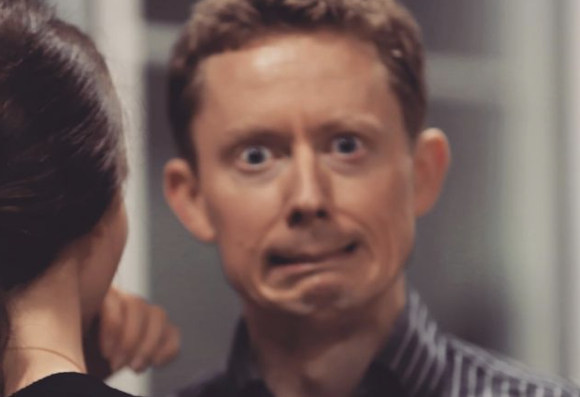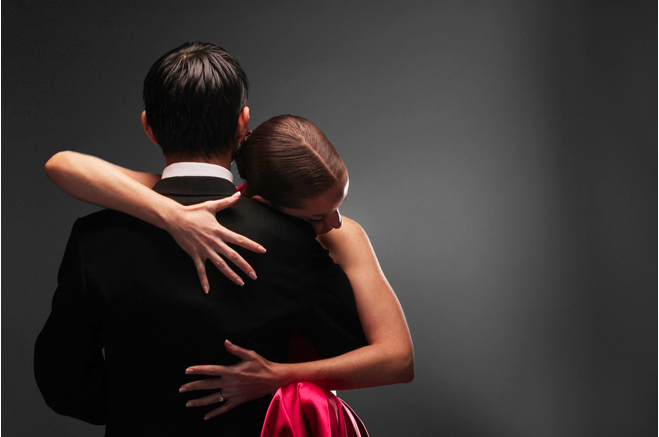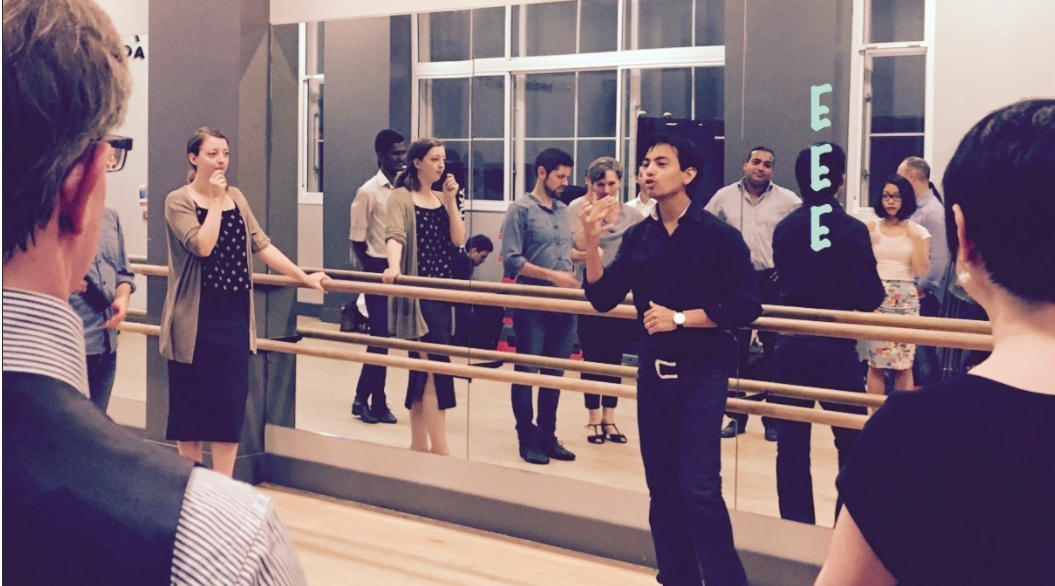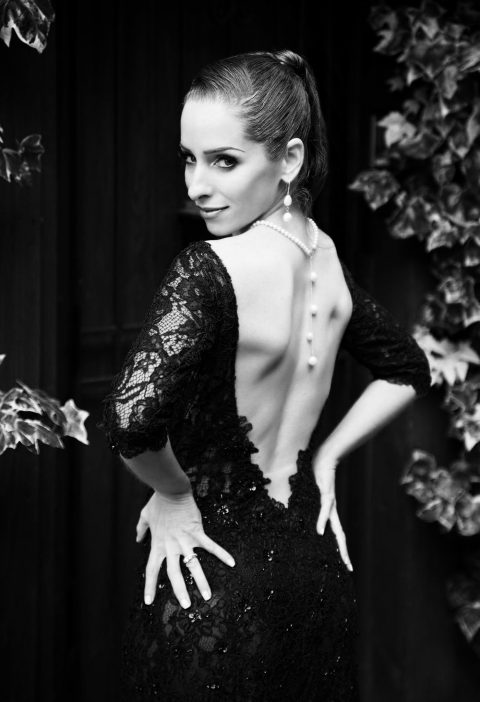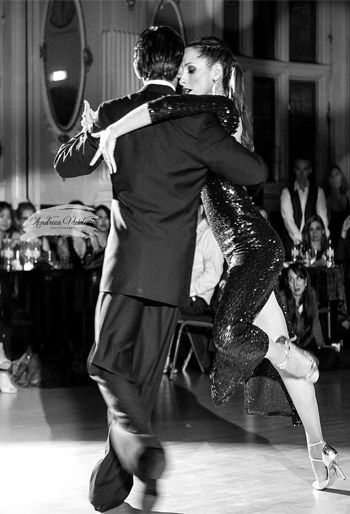Have you had one?
After hours of hard grind in the office, tango is – for many of us – the highlight of our day.
The ultimate stress reliever. When we dance, life’s minor – and major – issues can melt away. All that is left is the music, our partner’s soothing embrace and our desire to connect with both.
Yet sometimes when we step onto the dance floor, things just don’t come together.
Our dance feels kind of like a car that won’t start. But this time it is our inspiration – not our tyres – that is flat.
The more we try to relax and connect, the more that connection slides further away.
Our dance has stalled. And this most certainly is not the moment we have been looking forward to all day.
The flatness is followed by a sharp sense of disappointment. The last time you danced, everything worked just fine. What has changed?
You Are Not Alone
It always helps to know you’re not alone. So many of my students report a BTD: a Bad Tango Day.
And sadly, I’m not immune to them myself.
So what is going on? Can we stop BTDs happening or are they beyond our control?
A Typical Day
What is your typical day?
Lifestyles differ but many of you get up early, have a stressful commute to the office, a high-pressured working day and then rush off to your tango class/practica/milonga.
And a tango teacher’s typical day? What do you visualise?
A lie-in perhaps? Some time to prepare classes, dance a little tango, and finally a class in evening?
That sounds great! And I’m not complaining. I certainly get my fill of dancing tango every day, which for me is a dream come true.
But what about all the other stuff? The form filling, the accounting, the computer problems, the traffic jam on the way to class.
And by the way, a lie-in? Could you explain to my children what that is? I can’t even remember what one feels like!
Sometimes I walk into the dance studio in the evening and my head is still spinning from “all the other stuff”. But with a class of students waiting for me to get started, I command my body: dance!
My shoulders are stiff, my legs tense and my soul: empty. I’m having a BDT.
But it doesn’t always follow a stressful day. Sometimes we’ve had a day off, are in a really good mood and things still aren’t working work for us.
Because whatever we have been doing all day, it has not been tango. And therefore we have not been connected to the muscles and mindset we use when we dance tango. And however much we have been yearning to dance, we can’t necessarily flick a switch and enter tango mode.
While you’ve been managing your daily life, the parts of our body, mind and soul that you connect to when you dance tango have been asleep and need to be awakened gently.
The more we shout at our body, the more it will refuse to work for us.
Why a BTD so often follows an Excellent Tango Day
Have you ever noticed that BTD’s often happen directly after you’ve had an amazing tango experience?
This could be that in your last class or practice session things really felt like they were coming together, or in the milonga the other night, you felt you like you were on fire!
This is a cruel blow. But stop and think about it and it has some logic.
Ask yourself this: What part of your last experience are you remembering? Was it your first few wobbly steps? Or was it when you had given yourself time to warm-up and were in full flow?
The human brain tends to forget the mundane and remember the wonderful – and usually that is a great asset.
And the excellent tango day? Well, actually it can create a bit of burden the next time you dance. It can create a weight of expectation.
Tango magic never happens when we expect it to happen. Just like happiness, the more we expect it, the more we seem to chase it away.
We can’t expect magic but we can be receptive and open to it.
Can We Stop BDT’s Happening?
Our body and moods change day by day. This is part of what it means to be a human being.
We can’t stop BDTs happening but over the years I’ve discovered several ways to navigate the choppy waters and minimise their impact.
The next time you start dancing, quietly connect with your body and slowly awaken all the muscles and senses we use to dance tango.
Many people who dance tango are high achievers and have grown accustomed to imposing high standards on themselves. However, that demanding internal voice you’ve used to achieve great things, can be counter-productive, especially when you are still warming up. Talk to your body with a gentle and nurturing voice. And how about turning it around and starting to listen to your body – let it tell you what it needs.
And when you are struggling to get things absolutely right, please remember these words of truth from one of the greatest ballet dancers of all time: “The essence of all art is having pleasure, giving pleasure.” ― Mikhail Baryshnikov

